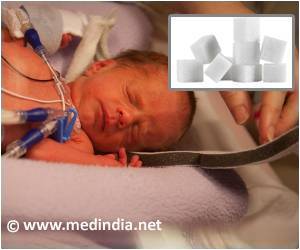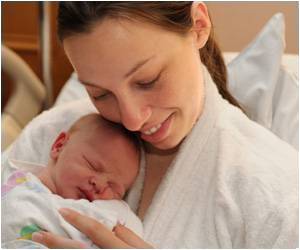Mother's latest little helper is already in her pocket: A mobile program significantly improve the parents' adherence to best practices for safe infant sleep.

‘Safe sleep practices can reduce the risk of sudden infant death syndrome, strangulation, suffocation or other unknown cause.’





Following recommended safe sleep practices can reduce the risk of Sudden Unexpected Infant Death (SUID). In the U.S., approximately 3,500 infants died during sleep in 2014 from Sudden Infant Death Syndrome (SIDS), strangulation, suffocation, or unknown causes. The recommended safe sleep practices this study include: placing babies on their backs, not on their sides or stomachs; keeping them in the room with the mother but not in the same bed; avoiding soft bedding that could strangle or suffocate them; and using pacifiers, which has been shown to reduce SIDS risk."We'd been looking at the prevalence of safe sleep practices for a long time," said Eve Colson, M.D. M.H.P.E., professor of pediatrics at the Yale School of Medicine, "and I had been getting really energized about doing a study that takes what we know about safe sleep prevalence and tests an intervention that might help improve the adherence to the 'gold standard' safe sleep practices."
According to the study, mobile videos for educating new parents on safe infant sleep practices achieved rates of 92.5% for back sleeping and 85.9% for room-sharing without bed-sharing, two of the critical steps towards SUID reduction. These rates are much higher than those for the group who received only the in-hospital intervention on safe sleep practices and are also higher than rates achieved by interventions tested in previous research.
Although this mobile intervention is not available to the public yet, Colson said, speaking to new parents, "Don't give up on what you are taught to do in the hospital. Many hospitals are already role-modeling the right thing. Keep following the safe sleep practices they show you that are recommended by the American Academy of Pediatrics."
Source-Eurekalert









